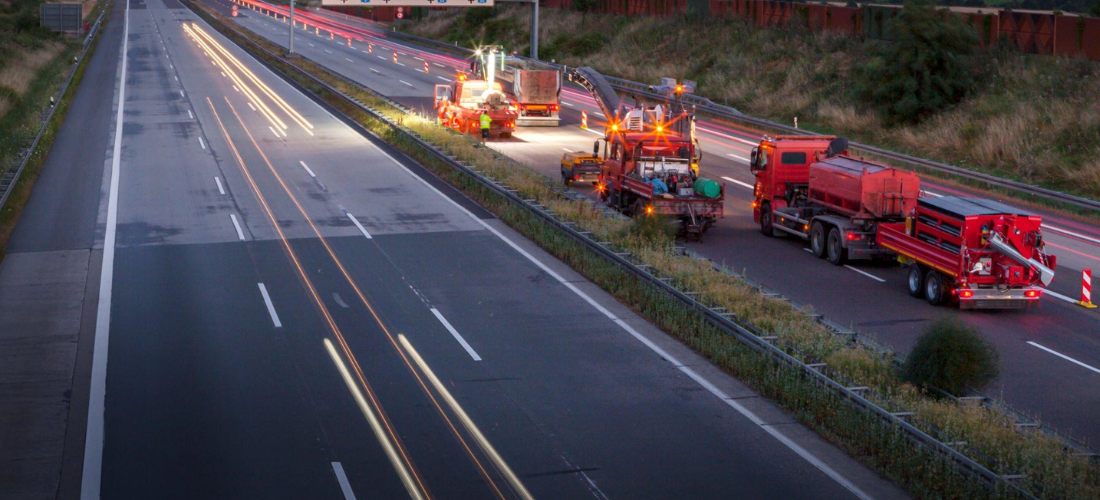Maintaining highways is an essential task for any government or transportation department. The longevity and safety of highways depend on proper maintenance, which includes regular inspections, repairs, and resurfacing. Repaving or resurfacing a highway can be a costly and time-consuming process, but it is necessary when the pavement is severely damaged. However, in many cases, pavement preservation techniques can be used to extend the life of the pavement and avoid more costly repairs. In this article, we will explore the different types of highway maintenance techniques available today, including micro-surfacing.
Repaving
Repaving, also known as an asphalt overlay, is the process of completely removing the existing pavement and replacing it with new asphalt. This technique is used when the pavement has deteriorated to the point where the underlying structure is damaged or the pavement is beyond repair. Repaving is a costly and time-consuming process that requires a significant amount of resources, equipment, and labor. However, when done correctly, repaving can result in a smooth, long-lasting, and safe road surface.
Milling and Resurfacing
Milling and resurfacing are a less expensive alternatives to repaving. This technique involves removing a portion of the existing pavement, typically the top 2-3 inches, and replacing it with a new layer of asphalt. The process involves milling the existing pavement using a large machine that grinds the pavement into small pieces, which are then transported to a recycling facility. The new layer of asphalt is then applied to the milled surface. This technique can save money and time compared to repaving, but it is only effective if the underlying structure of the pavement is still in good condition.
Crack Sealing
Crack sealing is a pavement preservation technique that involves filling cracks in the pavement surface to prevent water from penetrating the surface and causing further damage. Crack sealing is a cost-effective technique that can extend the life of the pavement by several years. The process involves cleaning the crack and filling it with a hot-poured or cold-applied sealant. The sealant prevents water from seeping into the crack and causing it to expand, which can lead to more significant damage.
Microsurfacing
Microsurfacing is a cost-effective and eco-friendly method of pavement preservation. This technique involves applying a mixture of asphalt emulsion, aggregate, and water to the pavement surface. The mixture is then spread evenly across the surface using a machine. Microsurfacing can extend the life of the pavement by up to seven years and can be applied quickly and efficiently. This technique is ideal for preventing surface defects such as raveling, oxidation, and minor cracking.
Chip Sealing
Chip sealing is a technique that involves applying a layer of asphalt emulsion to the pavement surface and then covering it with a layer of aggregate, typically crushed stone. The aggregate is then rolled into the asphalt emulsion to create a durable and skid-resistant surface. Chip sealing is a cost-effective technique that can extend the life of the pavement by up to ten years. It is ideal for preventing surface defects such as raveling, oxidation, and minor cracking.
In conclusion, maintaining highways is essential for ensuring the safety and longevity of the road network. Repaving and resurfacing are necessary when the pavement is severely damaged, but pavement preservation techniques can be used to extend the life of the pavement and avoid more costly repairs. Crack sealing, micro-surfacing, and chip sealing are cost-effective and eco-friendly techniques that can prevent surface defects and extend the life of the pavement.

